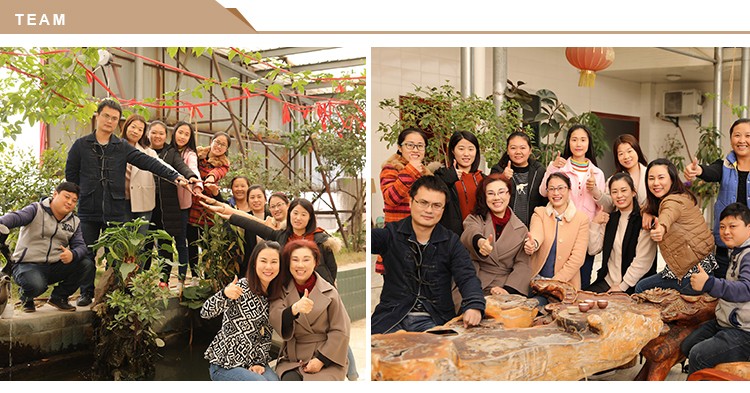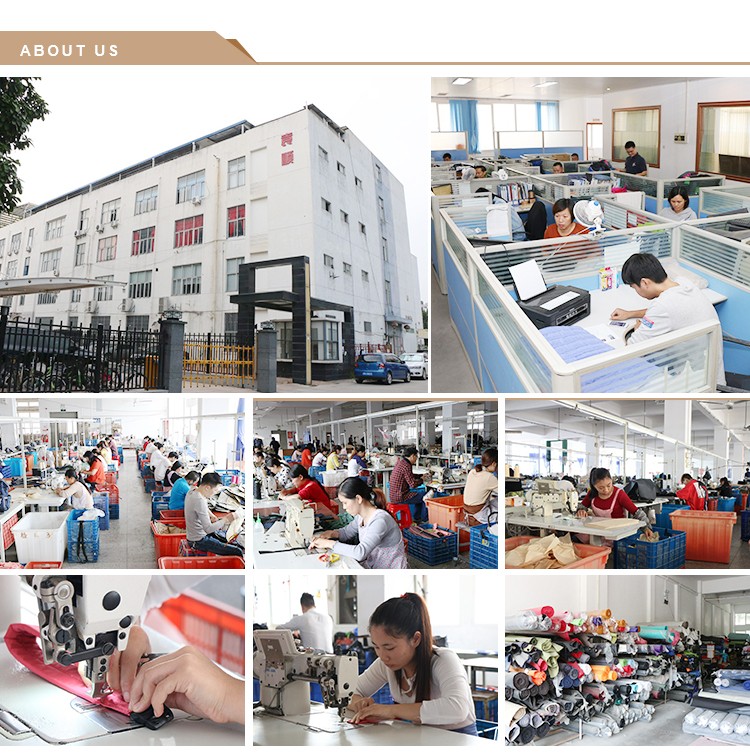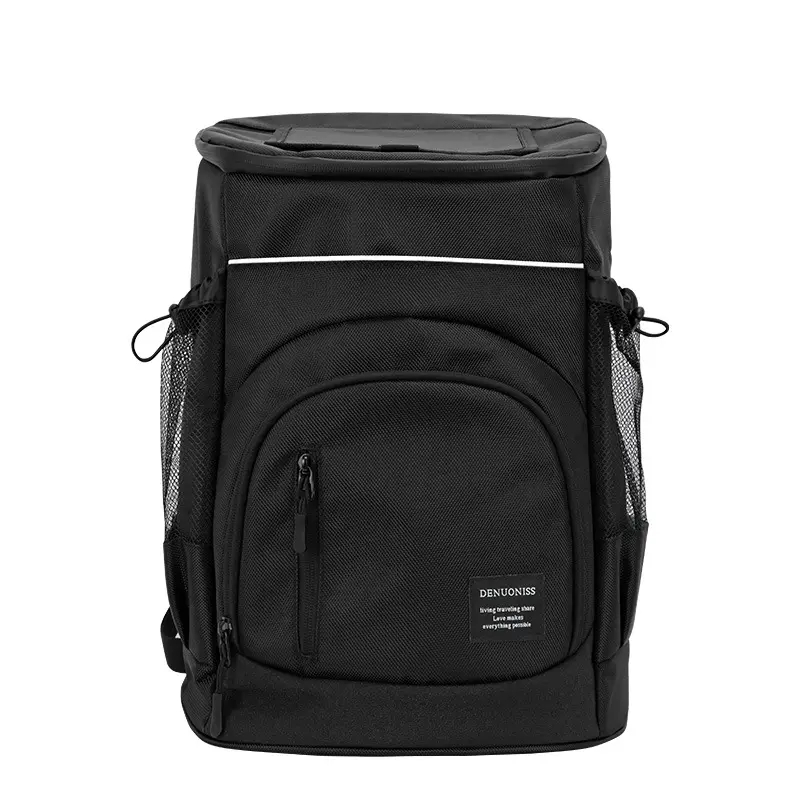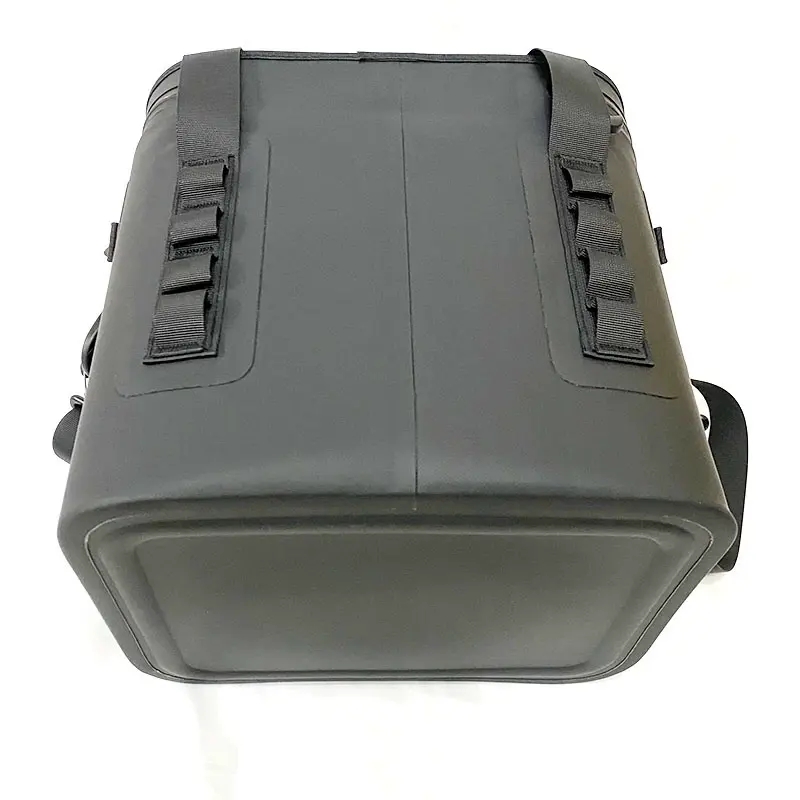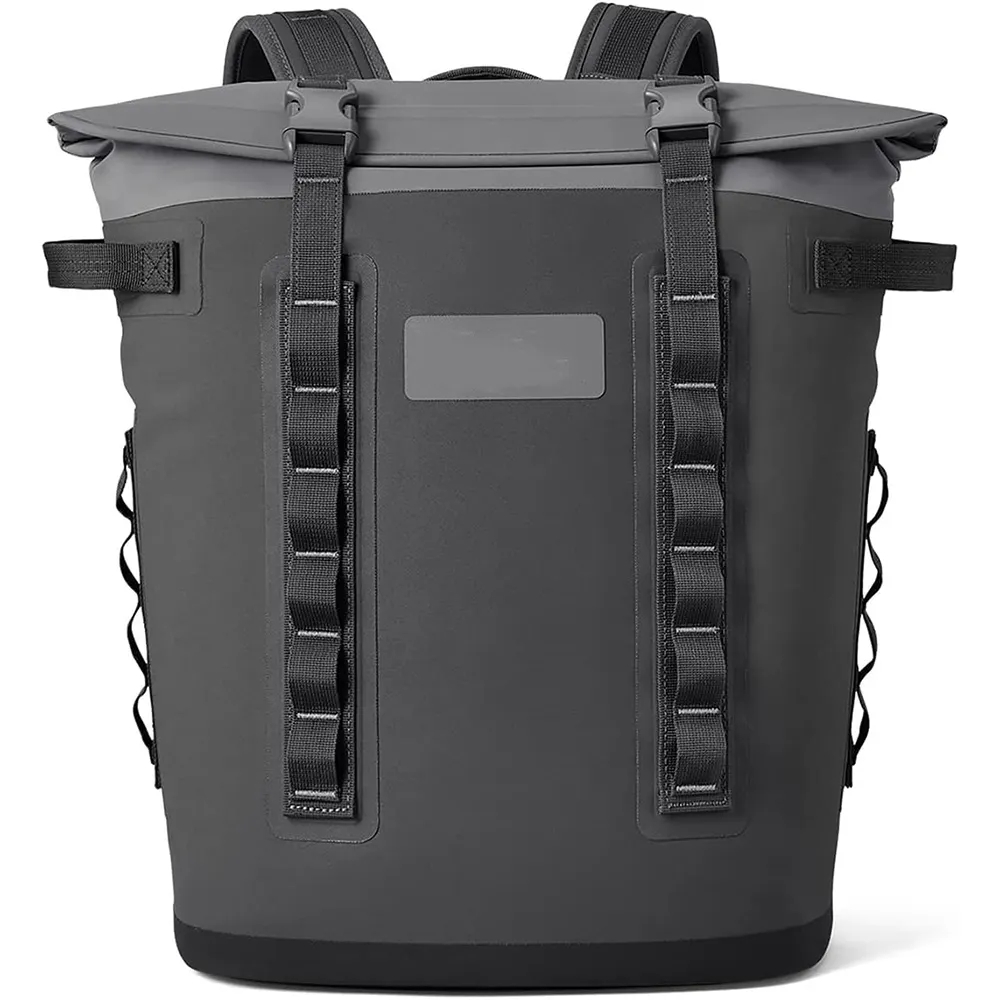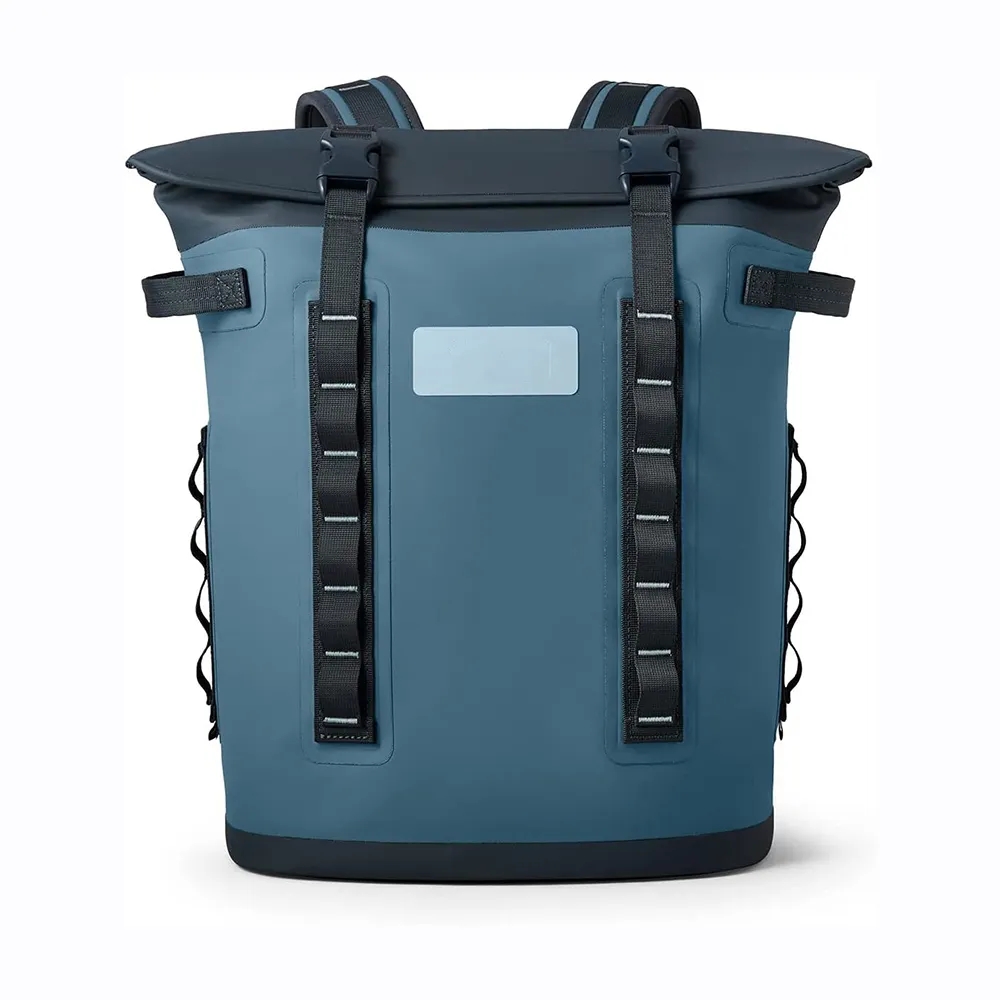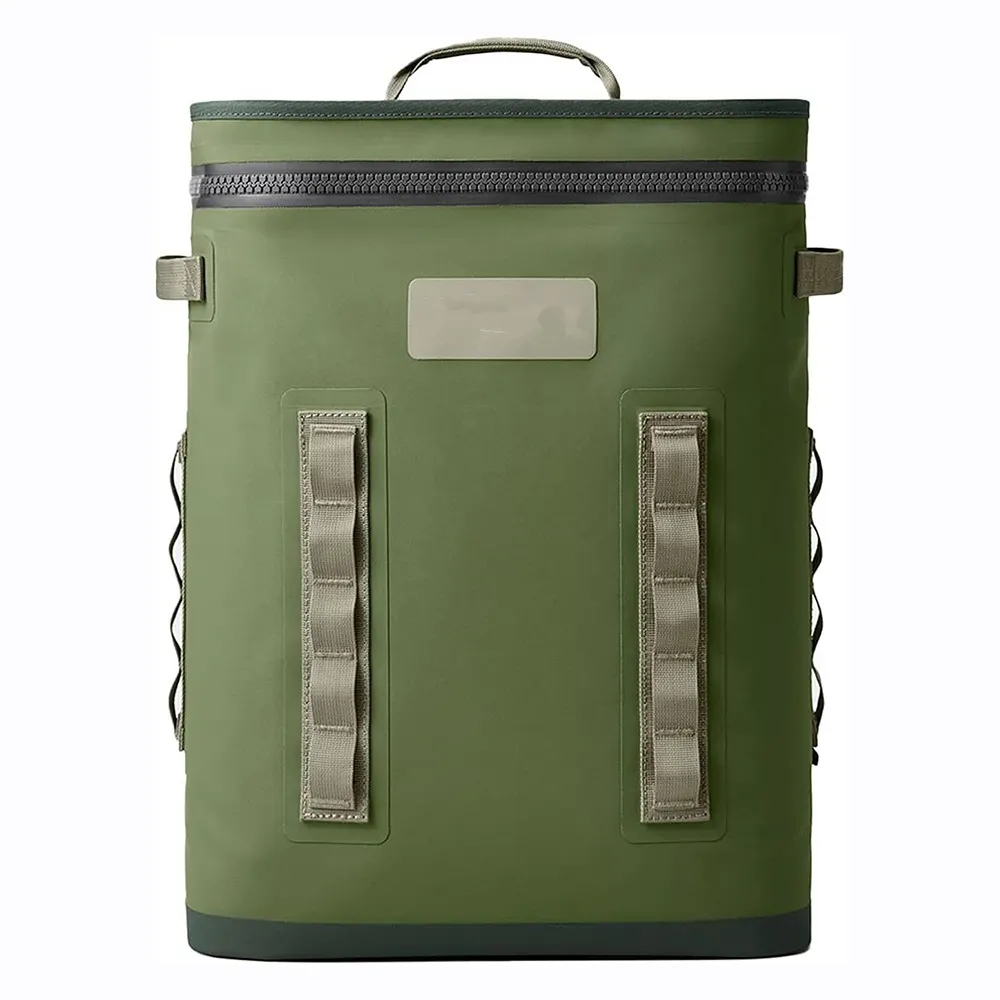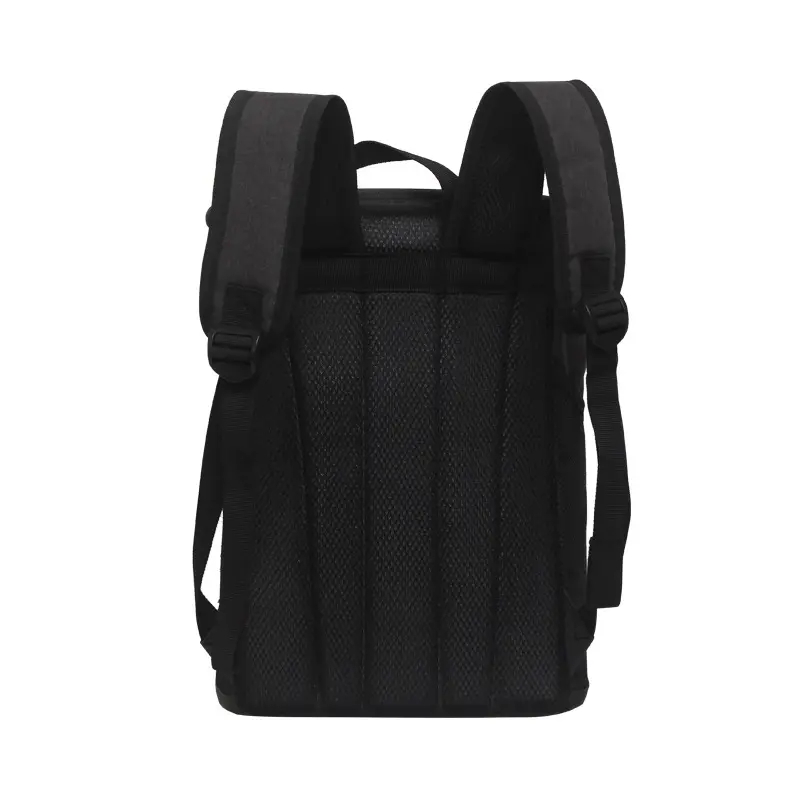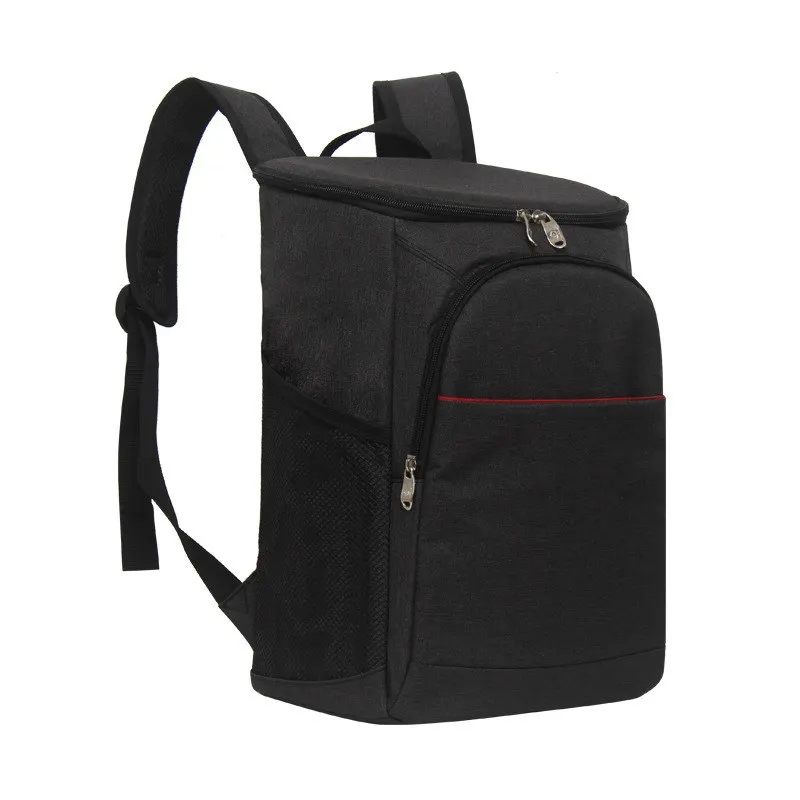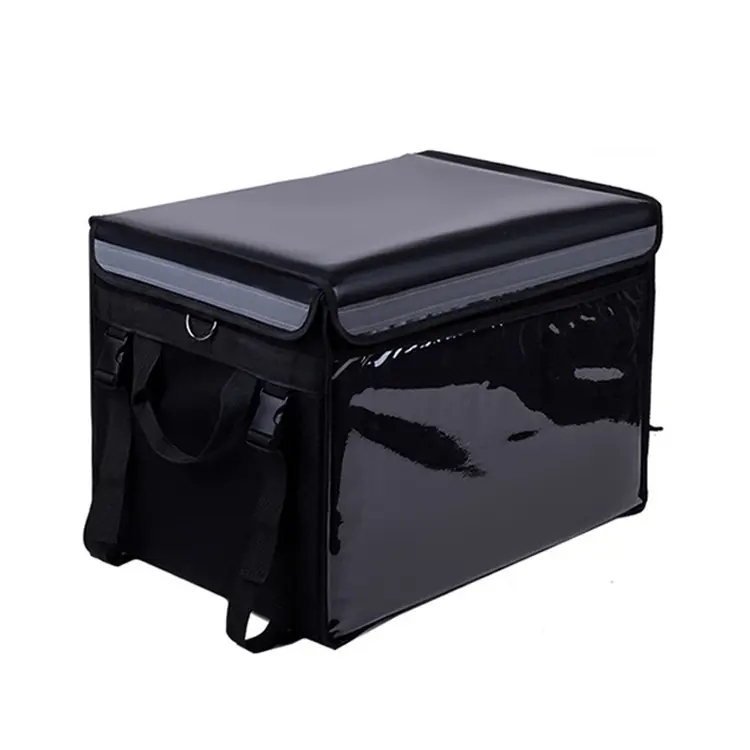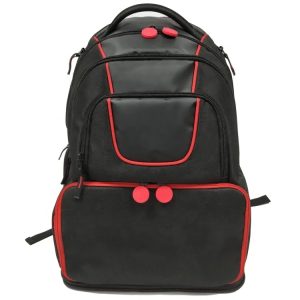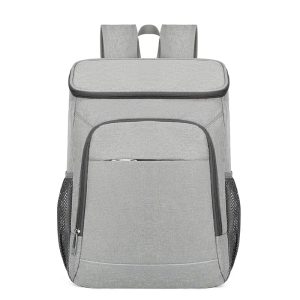Insulated backpacks offer a range of benefits due to their unique design and thermal properties, which allow them to keep items cold or hot for extended periods. Here are some of the key benefits of insulated backpacks:
- Temperature Regulation: Insulated backpacks are designed to maintain the temperature of their contents, whether it’s keeping items cold or hot. This makes them particularly useful for carrying food, beverages, medications, or other temperature-sensitive items during outdoor activities, picnics, travel, or even everyday use.
- Versatility: Insulated backpacks can be used in a variety of situations, from camping and hiking to picnics, beach outings, road trips, and more. They are versatile enough to accommodate a wide range of activities and scenarios where temperature control is important.
- Convenience: Insulated backpacks eliminate the need for separate coolers or containers to carry perishable items. This convenience makes them a popular choice for individuals who want an all-in-one solution for transporting both their personal belongings and temperature-sensitive items.
- Preservation of Freshness: When used to carry perishable food items, insulated backpacks help preserve the freshness and quality of the food for longer periods. This can be particularly useful when you’re away from home and want to enjoy a homemade meal or snack.
- Reduced Risk of Spoilage: Items such as dairy products, meats, fruits, and salads are prone to spoilage when exposed to temperature fluctuations. Insulated backpacks mitigate this risk by providing a controlled environment that helps prevent bacterial growth and maintain safe temperatures.
- Energy Efficiency: Insulated backpacks can help reduce the need for ice packs or external cooling sources, which can save energy and reduce waste. They can maintain their internal temperature for several hours without relying on additional cooling methods.
- Portability: Insulated backpacks are designed for easy carrying. They often come with adjustable shoulder straps and ergonomic designs, making them comfortable to wear even when fully loaded.
- Durable and Long-lasting: Many insulated backpacks are constructed from durable materials that are designed to withstand outdoor conditions, rough handling, and the weight of the items inside. This durability contributes to their long lifespan.
- Hygiene: Insulated backpacks are typically easy to clean and maintain, ensuring that your items stay hygienic and safe for consumption.
- Eco-Friendly: By using insulated backpacks, you can reduce your reliance on disposable containers, plastic bags, and single-use coolers, contributing to a more eco-friendly lifestyle by minimizing waste.
It’s important to note that the effectiveness of an insulated backpack depends on its quality and insulation materials. When choosing an insulated backpack, consider factors such as insulation thickness, type of insulation material used, overall build quality, and the specific temperature control needs you have for your intended activities.
Packaging methods for insulated backpacks involve the processes used to protect, store, and present the backpacks before they reach the end consumers. These methods ensure that the backpacks remain in good condition during transportation and storage. Here are some common packaging methods for insulated backpacks:
- Individual Polybags: Each insulated backpack is placed in a separate clear polybag. This provides basic protection against dust, moisture, and minor scuffs during transportation and storage.
- Hang Tags: Hang tags are attached to the backpack’s handle or strap, providing essential product information such as features, materials used, care instructions, and branding. They can also include barcodes for inventory tracking.
- Cardboard Inserts: Cardboard inserts may be placed inside the backpack to maintain its shape and prevent crushing during transit. These inserts can be easily removed by the customer upon receiving the product.
- Bulk Cartons: Multiple insulated backpacks are packed together in bulk cartons for transportation. These cartons are designed to provide additional protection and organization during shipping. They also make it easier to manage inventory at distribution centers.
- Retail Packaging: Some insulated backpacks, especially those sold in physical stores, may come with branded retail packaging. This packaging is designed to showcase the product’s features and branding, making it more appealing to potential buyers.
- Product Wraps or Sleeves: A protective wrap or sleeve might be placed around the backpack, providing an additional layer of protection and branding. This can help keep the backpack clean and free from scratches.
- Bubble Wrap or Foam Padding: For added protection, backpacks might be wrapped in bubble wrap or foam padding before being placed in their packaging. This helps safeguard against impact and prevents damage during transit.
- Insulation Information: Some packaging might include information about the insulation properties of the backpack, explaining how it keeps items cold or hot. This can help customers understand the product’s benefits.
- User Manuals or Care Instructions: Depending on the complexity of the backpack’s features, a user manual or care instructions might be included in the packaging. This provides guidance on how to use and maintain the backpack.
- Eco-Friendly Packaging: Many companies are now focusing on eco-friendly packaging solutions, using recyclable materials and minimizing excess packaging to reduce waste.
- Online Packaging: For backpacks purchased online, packaging might include protective plastic sleeves, air cushions, or other materials to ensure the backpack arrives in good condition.
It’s important for manufacturers and retailers to consider both the protection of the product and the presentation to the customer when choosing packaging methods. The packaging should reflect the brand’s image, provide important product information, and ensure the backpack’s quality upon arrival.
Insulated backpacks offer several advantages due to their ability to maintain the temperature of their contents, whether cold or hot. Here are some of the key advantages of using insulated backpacks:
- Temperature Regulation: The primary advantage of insulated backpacks is their ability to keep items at a consistent temperature. They can keep food and beverages cold for an extended period or maintain the warmth of hot items, making them ideal for picnics, hikes, travel, and more.
- Versatility: Insulated backpacks are versatile and suitable for a wide range of activities. Whether you’re going on a camping trip, spending a day at the beach, or commuting to work, these backpacks can accommodate your temperature-sensitive needs.
- Convenience: With an insulated backpack, you don’t need to carry a separate cooler or container to keep your food and drinks at the right temperature. This convenience simplifies your packing and makes it easier to transport both personal belongings and perishable items.
- Freshness Preservation: Insulated backpacks help preserve the freshness of perishable foods, preventing them from spoiling due to temperature fluctuations. This is particularly useful when you’re away from home and want to enjoy a home-cooked meal or fresh snacks.
- Reduced Risk of Foodborne Illness: Proper temperature control reduces the risk of bacterial growth in perishable items, which can cause foodborne illnesses. Insulated backpacks help keep your food safe for consumption, especially in warmer weather.
- Energy Efficiency: Insulated backpacks reduce the need for additional cooling sources such as ice packs, saving energy and reducing waste. They rely on their insulating materials to maintain the desired temperature.
- Portability: Insulated backpacks are designed for easy transport. They typically come with adjustable shoulder straps and ergonomic designs, making them comfortable to carry even when loaded with items.
- Durability: Many insulated backpacks are built to withstand rugged outdoor conditions. They are often made from durable materials that can handle the weight of items and resist wear and tear.
- Hygiene: Insulated backpacks are easy to clean and maintain, ensuring that your items stay clean and safe for consumption. This is particularly important when dealing with food and beverages.
- Environmental Benefits: By using insulated backpacks, you can reduce the use of disposable containers, plastic bags, and single-use coolers, contributing to a more eco-friendly lifestyle by minimizing waste.
- Year-Round Use: Insulated backpacks aren’t limited to just keeping things cold. They can also be used to maintain the temperature of hot items, making them useful year-round for outdoor adventures or everyday activities.
- Cost Savings: Over time, investing in a high-quality insulated backpack can save you money by reducing the need to purchase disposable coolers or constantly replenish ice packs.
Overall, insulated backpacks provide a convenient and effective way to ensure that your temperature-sensitive items remain at the desired temperature, allowing you to enjoy fresh food and beverages wherever you go.


